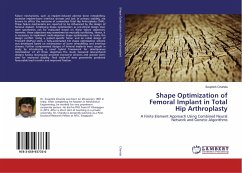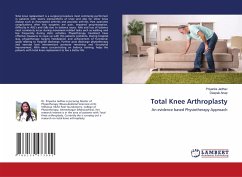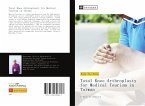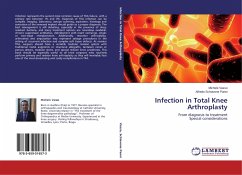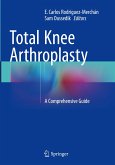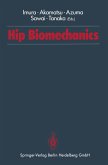Failure mechanisms, such as implant-induced adverse bone remodelling, excessive implant-bone interface stresses and lack of primary stability, are known to affect the outcome of cementless Total Hip Arthroplasty (THA). These failure mechanisms are reported to be influenced by the design of femoral implant. Employing shape optimization as pre-clinical design tool, stem geometries can be evaluated based on these failure objectives. However, these objectives may sometimes be mutually conflicting. Hence, it is necessary to implement multi-objective shape optimization to tackle the design conflict. Using a patient-specific femur and an initial design of TriLock® (DePuy) stem, a fully-automated 3-D shape optimization scheme was developed based on minimization of bone remodelling and interface stresses. Further compromised designs of femoral implants were sought in study by introducing a novel hybrid framework for simultaneous minimization of all three objectives. The study favoured lateral-flared designs having rectangular proximal transverse sections and greater stem-sizes for improved stability. Final trade-off stem geometries predicted favourable load transfer and improved fixation.

